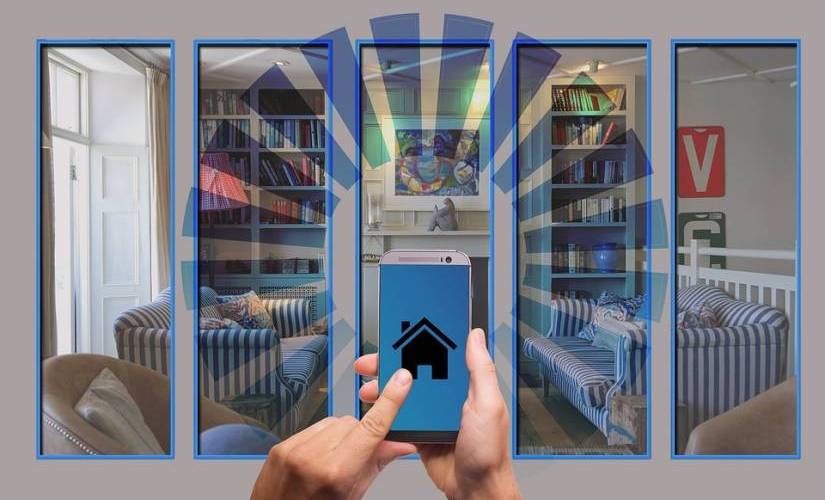What Can We Expect for IoT in 2020
What Can We Expect for IoT in 2020

As the new year rapidly approaches, it’s exciting to think about how technologies will grow and change. The Internet of Things has experienced massive growth in the past few years, and 2020 will seemingly be no different. Worldwide, the number of active IoT devices is expected to be at 10 billion by 2020. Here is what we can expect for IoT in 2020.
In 2020, the analytics say that B2B spending on IoT technologies, apps, and solutions will reach $ 267 billion.
With more connected devices and more investment in the IoT, changes are bound to happen with this technology. Of course, one of the most significant trends coming is more focus on cybersecurity. As with any advancing technology, the threat of hackers is looming.
More companies will harness the power of the IoT in 2020, which will benefit the consumer; however, companies may pull back on proprietary compatibility to build consumer loyalty. Here are four predictions for IoT trends in 2020.
More connections mean more threat potential
The coming year will see smarter buildings and more connections. With these advancements, comes a higher risk of cybersecurity threats. Karen Penafiel, Executive Director at National Elevator Industry Inc, explains that “While connectivity takes elevators and escalators to new levels in availability, efficiency and general building safety, it also presents exposure to the world of cyber threats.
In 2020, facility managers will need to take a close look at cybersecurity within buildings and what their equipment manufacturers and service providers are doing to reduce the vulnerabilities at every IoT connection and possible entry point.”
On an individual level, many devices are connected with limited or no security controls. SonicWall’s 2019 Cyber Threat Report found a 217.5% year-over-year increase in the number of IoT attacks. More connections suggests that there is more threat potential, which will put more pressure on device-makers to protect consumers.
More IoT spending and optimization
The increased spending on IoT technologies is well-documented, but companies will also seek to optimize spending in this area. In 2020, we will likely see “IoT moving smart buildings actively towards the 300 of the 3-30-300 equation,” says Charlene Marini, VP Strategy, Internet of Things Services Group, Arm. The 3-30-300 rule states that companies spend $ 3 in utilities, $ 30 in rent, and $ 300 in payroll per square foot per year, on average.
Marini sees smart buildings taking more of that $ 300 role, explaining, “Moving into 2020, expect companies to take energy efficiencies from optimized HVAC and efficient lighting as table stakes. Smart buildings will increasingly move towards space optimization. They will have object detection for safety and security and personalization of experiences. Then wayfinding will increase with asset tracking — all with the help of IoT devices. Advanced technologies such as computer vision, ML, and indoor locations.”
Harnessing IoT technology
Like any advanced technology, IoT has barriers to success and implementation. Some technologies have taken longer to mature and use, but this will change in the coming year. Agustin Pelaez, CEO and Founder ofUbidots, explains, “I expect to see thousands of businesses harness the power of existing technologies that have matured for the past decade, namely low-power WAN (LPWAN), low-power cellular.
“There are IoT gateways at the edge and plug-n-play IoT devices, and use them to create immediate value. Such projects might be individually small (100 – 10,000 devices each) but, compounded again and again across various industry verticals, they will realize the trillion-dollar predictions of generated value for the IoT.”
Proprietary compatibility for IoT products
One potential shift that may not be consumer-friendly is more devices having limited compatibility with other devices outside of their ecosystems. Rebecca Lee Armstrong, Writer at HighSpeedInternet.com, says that we’ve already seen companies move in this direction. “Apple’s always been its own thing, but other companies are jumping in and making their devices more exclusive.
For example, Works with Nest shut down in favor of Works with Google Assistant last month.” The reason for this shift is simple: Businesses want consumers to buy more of their products. Companies will “make it easier to use their products with each other than with other smart home devices. This also gives companies more control over security features and how the smart devices communicate, which are important considerations for emerging tech like 5G.”
IoT growth in 2020
IoT technology will continue to grow in the coming year, expanding globally. There are many other trends, such as 5G and blockchain, that will fuel IoT growth. In the new year, we’ll likely see more cities become smart, offering more and more uses of this technology to citizens, and cars will become smarter as well, analyzing data and connecting to more devices.
The hope is that with more IoT use, cybersecurity will catch up to make it protected use, as the implications of a breach will certainly be far-reaching.
The post What Can We Expect for IoT in 2020 appeared first on ReadWrite.
(43)


